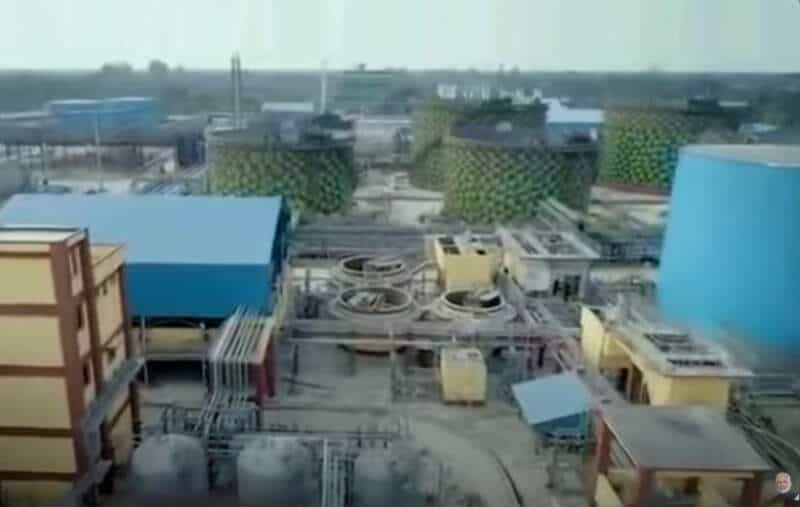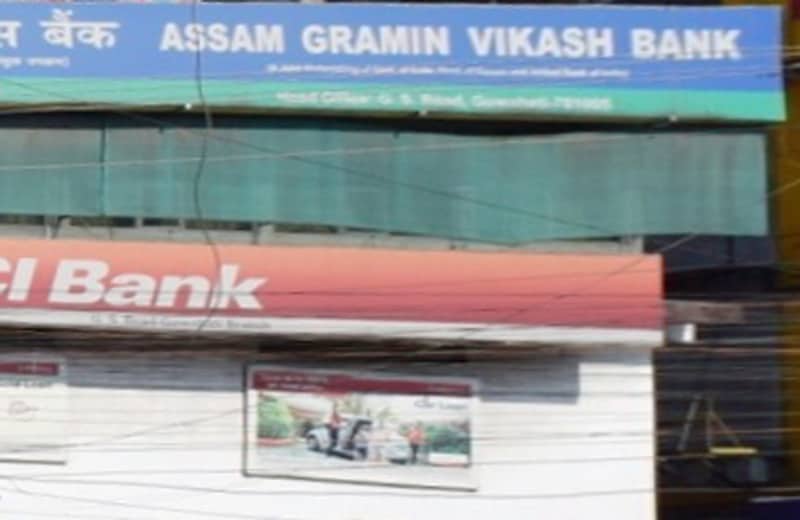Diphu August 19: Two thermal power projects based at both the Guwahati oil refinery and the Bongaigaon oil refinery were abandoned as loss making and inefficient in utilizing the ‘tail gas’ produced in these two refineries.
The power plants are the Bongaigaon Thermal Power plant and Chandrapur T P P (thermal power plant); the first one was located at Salakati near Bongaigaon. The first one utilized the desalted water of the Champamati River and the latter, from the Kopili River.
However, the Lakwa and Geleki thermal power projects on the natural gas piped from the oil fields are functioning below par. The Namrup and the newly constructed fertilizer plants near Dibrugarh utilized inputs from the petroleum fields.
It appears that resources like the natural gas, either in pure form or as a byproduct of the oil refining have not been utilized in proper form in the most efficient way: a lot of flaring out of the natural gases from their sources have caused economic and environmental damages to a great extent.
Some of the tea gardens in the upper Assam landscape have been profiting by using the natural gas supply to run the tea processing factories.
Oil Refinery

India oil refinery
Now, the internal demand of north east India regarding the fossil fuel needs the entire production of crude oil in the oil fields of Rudrasagar, Geleki, Duliajan etc. A pipeline from Haldia via north Bengal to the Numaligarh Refinery is in process, waiting for forest clearance. The decade old draining of the crude oil resources to the outside refineries is a historical matter now.
Crude availability in a sustained manner for the future is anybody’s guess now. The Assam Oil Company’s oil wells are terming out to be unproductive in the Digboi area now.
The prudent use of the fossil fuel, or the Liquid gold combined with very conservative way of extraction will turn the situation into a long running event into future where still we can have some more life saving petrochemicals ; if not the aviation or automobile fuels.
Recent price rises in petroleum products have shown the gap between supply and demand and it is going to rise. In turn, the transportation business that feeds northeastern India would be extremely expensive and the food commodities would be out of reach of the common men of the entire tract.
The climatic change and fragmented rainfalls are making the agriculture business quite untenable. Farmers use a lot of diesel and kerosene to irrigate the paddy fields from underground sources. The soaring prices of diesel put a strain on the budget of agriculture, particularly that of the small and the marginal farmers.
Rising costs of fertilizers which are necessary for the HYV (high yielding variety) crops along with costs escalating on good irrigation can have deterrence on agricultural activities and granaries of North East would change forever. The shift would be from survival grains to cash crops which would bring in more monetary revenue to the farmer communities.
Not only that, the emergence of new pests and fungal diseases needed good and prudent use of insecticides and fungicides. This all will make the shift from biotical chemicals to biological control measures,
We have to make sure that the Petroleum based civilization does not lead us to an extensive ecocide.
Biota of north east India is highly biodiversity. Any small level of ecocide activities can alter the ecology of the pristine landscapes. Given that there is no Willingness to Pay for the restoration of the ecosystem, and development is paramount in agenda, the whole of the north east is very much on the threshold of a collapse. Thanks to Petroleum and its refined ilk and financial principles.
Given the source in the closest neighborhood, the petroleum products like the Petrol, Diesel, Avgas, Aviation Turbine Fuel should have cost not over a quarter of a USD. The pricing mechanism in India is downright flawed and northeast India is the sufferer.
The north east merits the site specific marketing cost and that could save biodiversity as well. This is crucial to human survival. Drivers of the economy, like petroleum products, should be cheaper and should be taxed as little as possible. India has a poor GDP despite booming contemporary stock markets. The USD is about nine to ten INR. This might hit the existing export markets.
Though the buying power of the Indian currency has gone up, the rise and escalation of essential commodities also has kept pace. To sum up, the Indian Economy is somewhere in the wild West of yesteryear.




